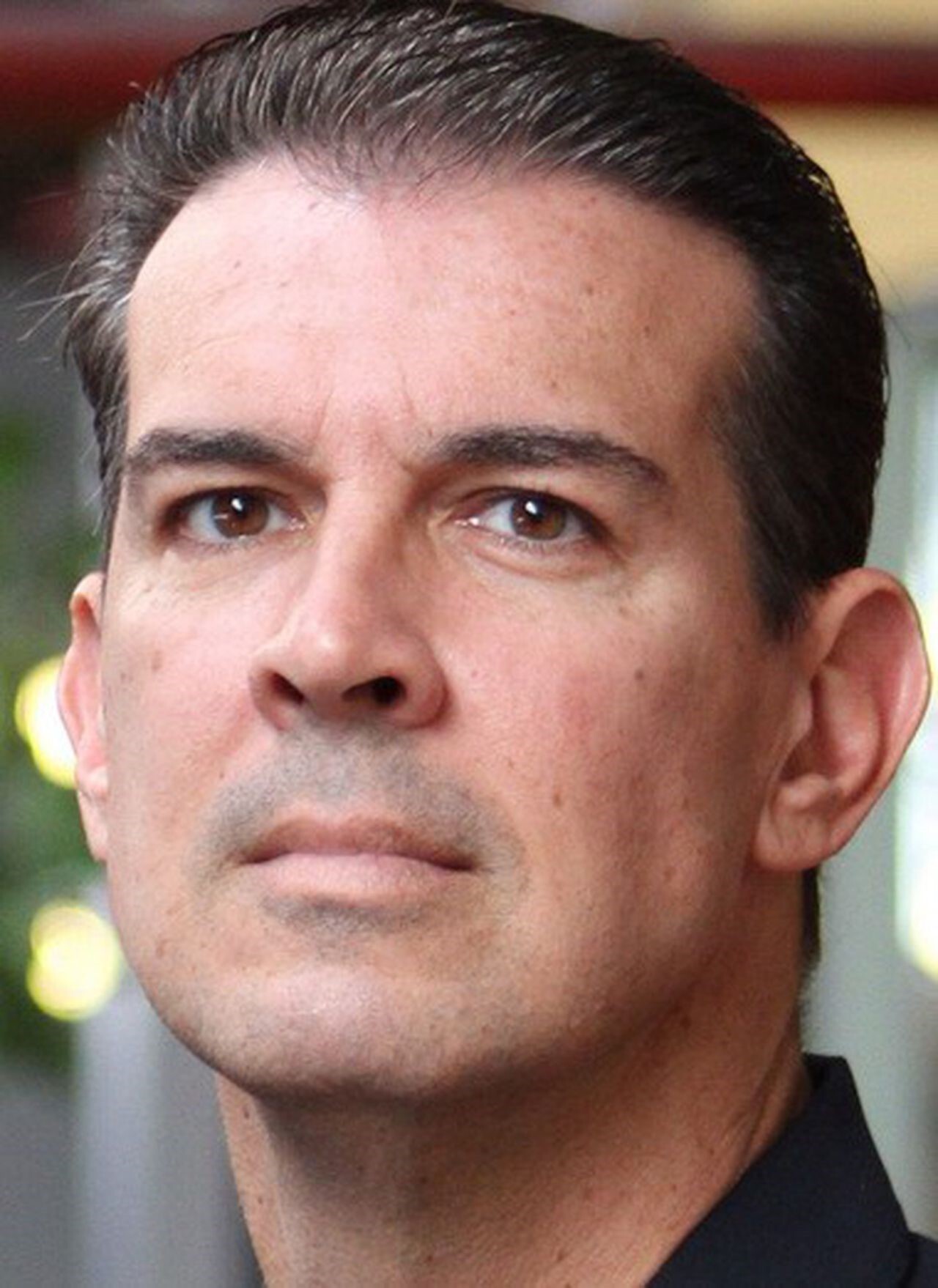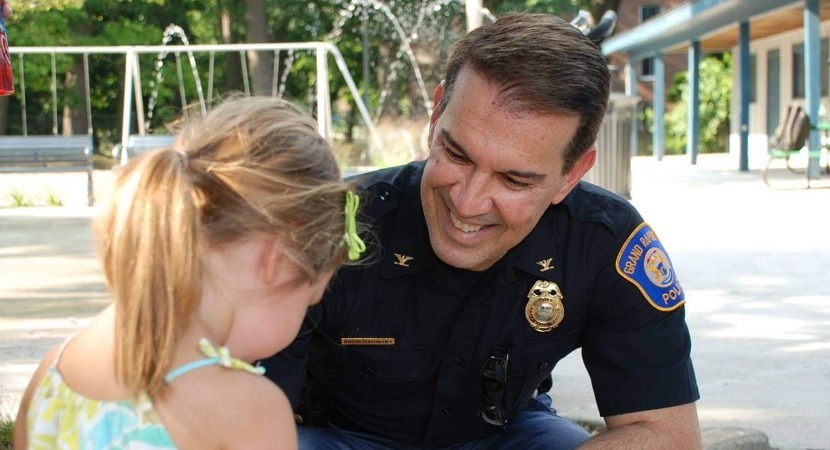Observations on the State of Policing from a Retired Police Chief

Chief (ret.) David Rahinsky
Chief of Police (ret.)
Retired Police Chief David Rahinsky recently joined Zencity as our Senior Advisor for Law Enforcement Strategy. Following a year that saw almost unprecedented challenges for law enforcement (widespread social unrest, rises in violent crime in many cities, and a 45% increase in retirements, to name a few), we asked Chief Rahinsky to share his thoughts on the state of policing in 2021 and the role that measuring trust can play in improving the field. His observations are below.
Enjoying a thirty-two year career in four states, (Pennsylvania, Florida, Tennessee, and Michigan) while serving as Chief in two, (Franklin, TN and Grand Rapids, MI) has taught me the value of police and community trust.
Every important endeavor has a way in which to quantify success. From the playing fields to the boardroom, metrics are in place to identify those who excel. Law enforcement is no different. In my time serving as a Chief, I came to realize that we are in fact missing one set of metrics in the profession of law enforcement.
Since 1930, law enforcement agencies across the nation have submitted Uniform Crime Report numbers to the Federal Bureau of Investigation. Reporting contains many subsets, but the two universal benchmarks have been crime rate and clearance rate.
The FBI provides standardized offense definitions and agencies across the country report the number of offenses that occurred in their jurisdiction. From department leaders to front-line officers, success is recognized as a reduction in violent crime. Is the community safer than it was last year? Has the department recognized crime trends and responded to prevent further victimization?
Law enforcement agencies can clear, or “close,” offenses in one of two ways: by arrest or by exceptional means. Exceptional means must adhere to certain criteria to be accepted. Historically, less than half of all violent crimes and less than twenty percent of property crimes have been “cleared.” This benchmark is used to identify departments that excel in solving crime and holding offenders accountable. When an agency exceeds national standards, they receive recognition as excelling in holding offenders accountable. But looking back at my time in law enforcement, I wonder, should holding offenders accountable be the only measure of exceptional service?
Over ninety years of crime reporting has led to the establishment of accepted best practices in regards to responding and solving crime. Policing leaders know how they “rank” in comparison to the “best” and work tirelessly to reach that echelon.
For over ninety years, this system has been in place. While it has professionalized policing and improved community safety, it has neglected an equally important metric: trust. Does the community have full faith and confidence in their local agency?
In the current environment, we have come to recognize that community trust is of equal importance as crime and clearance rates. When demonstrations against police agencies occur, it is never due to an increase in crime or a decrease in clearance rates.
What has led to civil unrest has been critical incidents coupled with a lack of public trust.
When I served as Chief of the second-largest city in the State of Michigan, I wanted to be able to measure community sentiment, particularly trust levels throughout the city. This was not an academic exercise. I wanted area commanders to know how strong relationships were in their respective geographic areas and take the necessary steps to strengthen them.
I chose to do this with Zencity’s technology, which allowed me to measure, track, and map public sentiment. I was presented with color-coded maps, down to the neighborhood, that quantified how the residents perceived those entrusted with protecting and serving them. Where trust was low, it was captured in red, average in yellow, and strong in green. Deep green reflected that the community had high confidence in our agency.
Contact theory has shown that interpersonal contact between groups can reduce prejudice and improve trust. Where trust was low, I held district captains, as well as myself, responsible for improving upon those numbers.
Through the deployment of community policing resources, (mounted, foot, and bike patrols, coffee with the Chief, attending neighborhood association meetings, setting up events in the park on the weekend, etc.) we were able to move the needle and significantly improve our trust scores, red turned to yellow, yellow to green, and green to dark green. The correlation was so strong that we could identify specific outreach efforts and their effect.
Capturing this data provided additional, equally important benefits.
- Elected officials as well as local media consistently heard from law enforcement critics. While their voice is an important one, it can be interpreted as the “voice of the community”. With the right data in hand, I was able to show, empirically, how well respected and trusted the department was. Outliers demanding the defunding of the agency were heard in the proper context.
- The overwhelming support from the community helped boost morale within the department. I regularly attended roll call and shared with officers how much community support they actually had, backed up by statistically significant data regarding the high esteem in which the public viewed. I believe increased morale had a significant impact on our ability to retain veteran officers.
- The feedback we received allowed us to address and improve upon what I termed “experiential inequity”. Experiential inequity occurs when residents only have contact with police is in an enforcement capacity. The power dynamic involved in these interactions can be a detriment to trust building. Challenged neighborhoods may only see officers when a warrant is executed or a crime has occurred. Recognizing this and deploying our outreach efforts appropriately, we were able to ensure that all residents had the opportunity to interact with the men and women of the department in a relaxed environment. These non-enforcement interactions helped create relationships based on trust and mutual respect.
Public safety has always been of critical importance to the success of a community. Moving forward, my message to fellow police chiefs and officers in the field is to place as much value and emphasis on trust metrics as on the UCR stats your department has been reporting for decades.
I used a technology called Zencity for these metrics – find what works for your agency. Remember, if you can’t measure it, you can’t manage it. Things we measure tend to improve. Never before has improving police and community trust been more vital to the safety and health of your community as well as that of your officers depends on it.
DMR
%20copy-1.png?width=544&height=120&name=Logo_black%20(1)%20copy-1.png)



